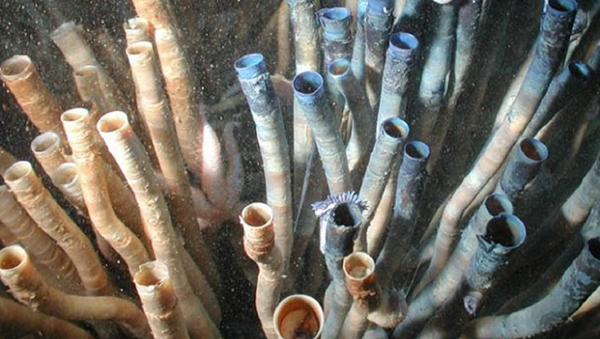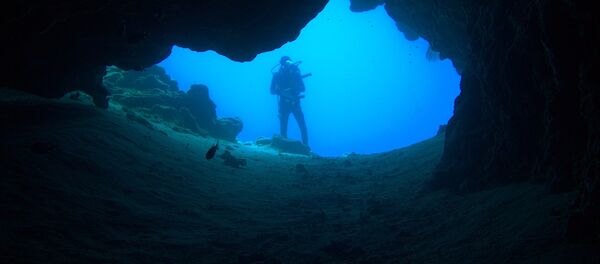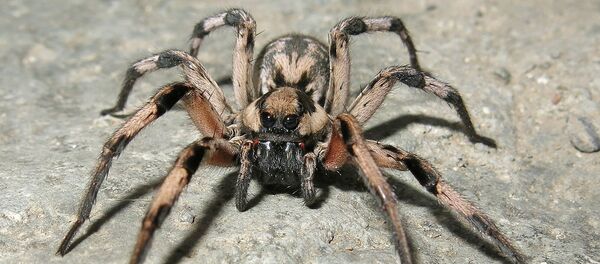“This trend is primarily related to the decline in metabolic rates with temperature as depth increases. However, at bathyal depths, the cold-seep vestimentiferan tubeworm species Lamellibrachia luymesi and Seepiophila jonesi reach extremely old ages beyond what is predicted by the simple scaling of life span with body size and temperature,” the report read.
Earthly long-livers are traditionally considered to be large inhabitants of the seas and land such as Greenland whales, some of which have lived more than 200 years and Galapagos tortoises surviving in some cases up to their 250th anniversary.
In addition, there is a single individual case of the arctic bivalve Arctica islandica whose age is estimated to exceed 500 years.
However, recently scientists have discovered a new species of marine animals while studying the flora and fauna of the bottom of the deep waters of the Caribbean Sea and this species is better suited for experimentation and study than rare turtles and giant cetaceans.
The scientists were attracted to the colonies of sedentary worms of the Escarpia laminate species. These worms have large invertebrates attached to the bottom of the sea, and they live in one place for life.
The worms live near hydrothermal springs and "black smokers" at the bottom of the sea and feed on plankton and the remains of other organisms that are caught from the water.
Observing the worms throughout the year, biologists were surprised to find that the Escarpia laminata tubes grow very slowly, just about half a millimeter per year and the age of the longest specimens exceeds 300 years.
The secret of their longevity is partly that these worms almost do not die. The mortality rate in their colonies does not exceed 0.6 percent, even for the oldest individuals, which is about 15 times lower than what was predicted.
Why this happens, the scientists do not yet know, but suggest that this could be due to the low temperature of the waters in which Escarpia laminata and other deep-water worms live.
“These results support longevity theory, which states that in the absence of extrinsic mortality threats, natural selection will select for individuals that senesce slower and reproduce continually into their old age,” the report read.




